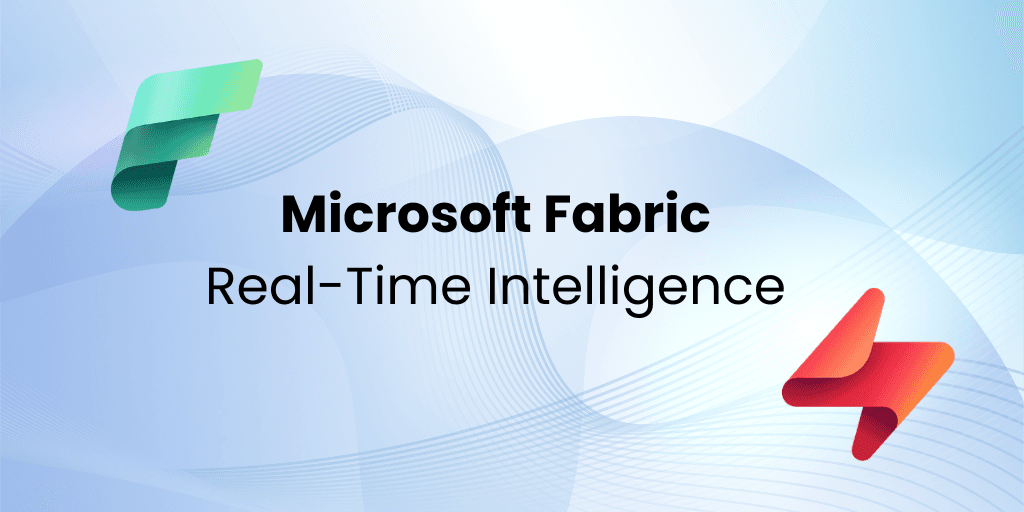
How Dynamics 365 Adapts to Manufacturing, Retail, and Professional Services
Every industry operates differently: a manufacturing plant focuses on production efficiency, while a retail chain tracks sales and inventory...

The world of business has changed over time. Businesses today have a lot of data to deal with. Majorly the self-generated data help enterprises understand their customers and business better. As a result, the pillars of progress have also evolved, with business intelligence (BI) taking center stage. It includes a lot of different solutions working together towards a single business goal.
Business Intelligence helps transform data into actionable insights leveraging software and services. BI tools access and analyze data and present findings in the form of interactive reports, dashboards, graphs, charts, etc., with detailed insights about the state of the business. The motive of reinventing business intelligence is to help organizations make more intelligent and profitable decisions.
Working with modern business intelligence solutions has benefits in multiple areas like sales, finance, marketing, recruitment, etc. It enables organizations to fine-tune business strategies using actionable data and industry-specific trends.
For organizations looking to revamp their BI tools, Power BI often comes up as a highly-suggested option. It is one of the most popular tools today, with thousands of organizations integrating it into their business operations every year.
Power BI, developed by Microsoft, is a set of software services, applications, and connectors that operate in tandem to upscale your business. Its primary goal is to tap into seemingly unrelated data and turn them into coherent, immersive, and interactive insights that promote a more informed decision-making model.
Power BI tools are existing model-friendly; be it Excel Spreadsheets, cloud-based solutions, or on-premises data warehousing, it can be easily integrated into every platform. It connects data sources to visualize and discover revenue-generating information and share them seamlessly with internal teams and external business connections.

Microsoft Power BI is a software service that has been made to uplift an organization’s data handling model. It can both be integrated into existing structures and also be used for a complete overhaul. So to answer the question, ‘is Power BI integration feasible or practical?’, the answer is ‘yes’. Here are a few reasons that make it a wise choice.
Power BI solutions are easy to set up and can reinforce an organization’s data insights model with minimum downtime.
Newer services have been developed with cost-effectiveness in mind. Eliminating the reliance on costly on-premises solutions, Power BI can help save and reallocate huge amounts of funds in the long run.
Power BI is the perfect data analysis service made for the fast-paced world of business. Having the ability to refer and take decisions based on real-time data helps organizations fine-tune their course of action based on the latest developments.
Power BI connects the entire workforce using a universal platform designed to promote a collaborative work culture.
Microsoft Power BI data and insights can be accessed from several different platforms enabling the workforce to stay connected remotely using their choice of device.
To most, Power BI is one of the most promising tools for upscaling business intelligence to stay relevant in rapidly developing industries and markets.
As a result of the recent global crisis, a distributed workforce has become the primary approach. As the model develops, a growing number of organizations are relying on Microsoft Teams to operate as a coherent unit. While Microsoft Teams has been valuable to bridge the unforeseen gap, Power BI integration makes daily operations even more synchronized.
Most decision-makers are more likely to glance through and look for insightful bits of information. Combining the power of insightful data with immersive visuals will surely give an edge to make a lasting impression.
A lot of businesses around the world rely on Salesforce to manage accounts and track potential opportunities. But combining Salesforce and Power BI has proven to be highly efficient to carve out a strategic plan. Here are a few benefits of embedding Power BI into Salesforce.
Microsoft Dynamics 365 comes with compatibility with most services within the Microsoft ecosystem. Additionally, Power BI integration adds capabilities enhancing business intelligence to existing Dynamic 365 CRMs.
So, for companies and organizations looking to scale up their data analysis and reporting efforts, Power BI can be one of the most feasible options. It offers a vast array of advantages and comes with the power of modernizing existing services to suit modern business requirements. Also, the cross-platform compatibility of Power BI services and applications makes the process extremely smooth and quick, eliminating lengthy downtimes.
Incorporating or reinventing with Power BI software services and applications can help scale up operations and develop a high-performance workplace. LevelShift can help transform your organization into a more coherent unit if you’re looking for similar solutions. We are a long-standing Microsoft Gold Partner and have helped over 50+ companies go fully digital over the years. For more information regarding Power BI integration, Please reach out to us at your convenience.
It is the process of integrating Power BI into existing business environment of an organization. Power BI can be integrated into various data sources such as
Power BI integration into your Salesforce account can retrieve Salesforce data in Power BI. Salesforce contains rich customer data of your organization where you can keep a 360-degree view of your customers and competitors. Power BI is a tool used to process and visualize data in the form of interactive reports and immersive dashboards. Moreover, you can embed Power BI dashboards into any app within Salesforce while retaining the function of the pre-built dashboards connected to the ERP.
Microsoft Teams is a collaborative tool used to chat, organize meetings, and share content between teams in a distributed workspace. By integrating Power BI into Microsoft Teams, you can work with paginated reports, interactive dashboards, apps, and workspaces while collaborating with colleagues live, bringing a whole new level of interaction to your company.

What does a half-decade of innovation cost? For Business Central users, the answ...

Did you know that several ERP projects have a 75 percent chance of failure? That...

Your legacy system holds years of customer records and custom fields nobody reme...

How Dynamics 365 Adapts to Manufacturing, Retail, and Professional Services
Every industry operates differently: a manufacturing plant focuses on production efficiency, while a retail chain tracks sales and inventory...

7 Powerful Reasons to Embrace Real-Time Intelligence in Microsoft Fabric for the AI Era
Whether you work in manufacturing, retail, logistics, healthcare, finance, Hi-Tech or the public sector, the need to act on live data has ne...

Transform Enterprise CX with Copilot in Dynamics 365 Customer Insights
For enterprises with over $100 million in revenue, data is both a goldmine and a growing pain. Teams gather massive amounts of customer data...